Glaciers represent some of the most remarkable natural formations on Earth. These ice masses form over centuries through the compression of snow and move slowly through valleys and across mountain slopes. They shape landscapes from the Patagonian Andes to Arctic regions and store approximately 70 percent of the world's freshwater. The Perito Moreno Glacier in Argentina covers 250 square kilometers and ranks among the few glaciers currently not retreating. The Jostedalsbreen in Norway forms the largest ice mass on mainland Europe at 487 square kilometers. The Vatnajökull in Iceland covers eight percent of the country's land area and conceals several active volcanoes beneath its ice cap. These glaciers serve science as climate archives and demonstrate through their changes the effects of rising temperatures. Many glaciers worldwide continuously lose mass, which has consequences for water supply and sea levels.
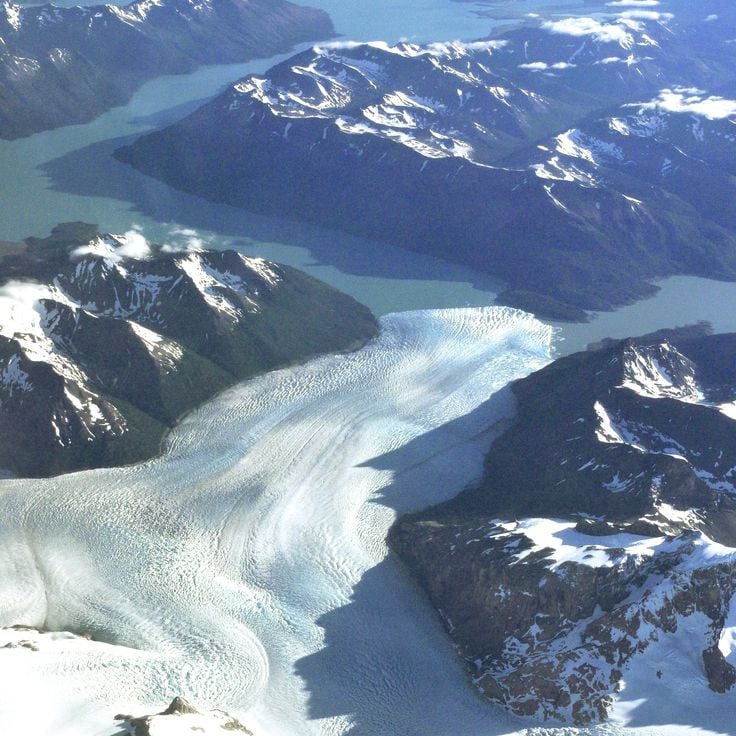
Los Glaciares National Park, Argentina
The Perito Moreno Glacier covers an area of 250 square kilometers and rises 74 meters above the water level of Lago Argentino. This glacier moves forward continuously at a rate of approximately two meters per day. This movement causes large masses of ice to regularly break off from the glacier wall and fall into the lake. The phenomenon occurs when the glacier forms a natural ice bridge that blocks the southern arm of the lake and eventually collapses under water pressure.
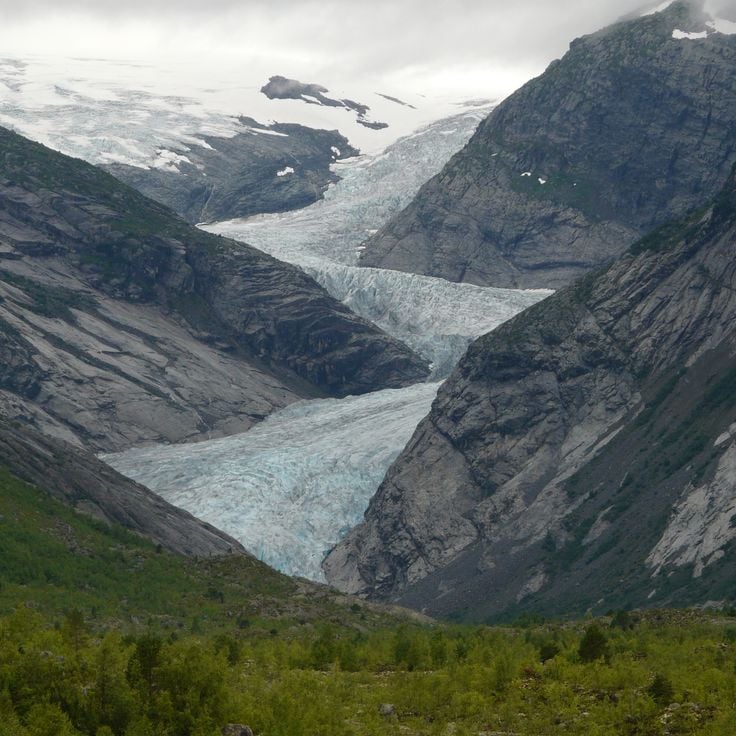
Sogn og Fjordane, Norway
Jostedalsbreen covers 487 square kilometers and forms the largest ice cap on mainland Europe. This glacier sits between the mountains of Jostedalsbreen National Park and feeds 24 glacier tongues that descend into different valleys. The ice reaches depths of over 600 meters in places. Notable outlets include Briksdalsbreen and Nigardsbreen, both accessible for glacier hiking. The glacier forms through heavy snowfall at elevations between 1,200 and 2,000 meters.
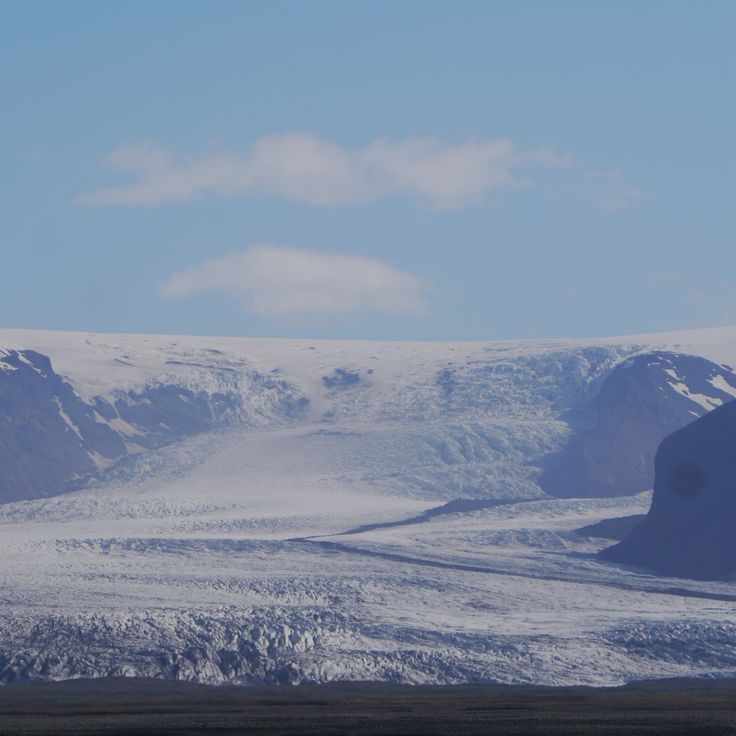
Eastern Iceland, Iceland
Vatnajökull is the largest ice cap in Europe, covering 8100 square kilometers in eastern Iceland. Several active volcanoes lie beneath the ice sheet, including Grímsvötn and Bárðarbunga, which erupt regularly. The ice cap reaches thicknesses of up to 1000 meters in some areas. The glacier feeds numerous glacial rivers and forms ice caves that constantly change due to geothermal activity. The surrounding Vatnajökull National Park protects diverse landscapes, from glacier tongues to volcanic deserts.
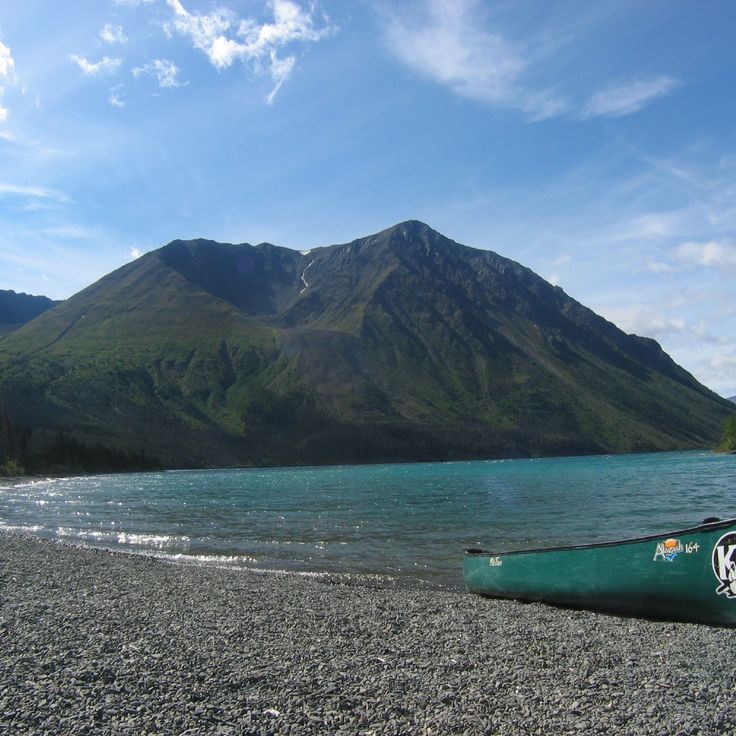
Alaska, United States
Glacier Bay is located in southeastern Alaska and contains seven active tidewater glaciers that flow directly into the sea. These glaciers regularly calve, producing icebergs of various sizes that drift through the bay waters. The area covers approximately 13,000 square kilometers and documents glacial retreat since the late 18th century. The bay serves as a natural laboratory for glaciological and ecological research, demonstrating processes of glacier dynamics and the recolonization by plants and animals following glacial retreat.
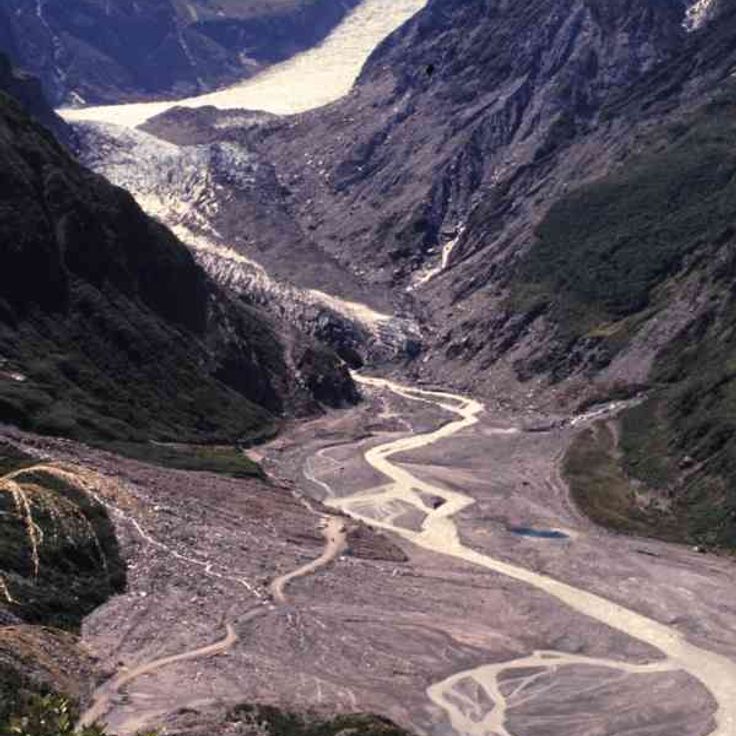
West Coast, New Zealand
Fox Glacier extends 13 kilometers through a valley in the Southern Alps of New Zealand. The ice flows down from mountain slopes to an elevation of approximately 300 meters above sea level, where it terminates in temperate rainforest. The glacier moves at an average rate of one meter per day and forms ice caves and crevasses. Several walking tracks lead to viewing points where visitors can observe the ice formations and the glacial valley.
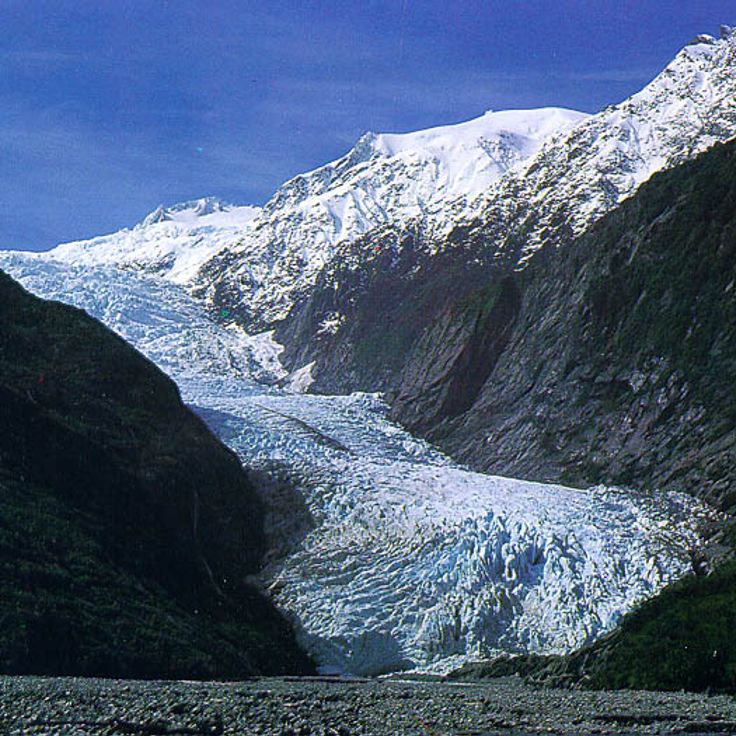
West Coast, New Zealand
The Franz Josef Glacier extends 12 kilometers along the West Coast of New Zealand's South Island. This glacier moves at speeds of up to 4 meters per day, making it one of the fastest flowing glaciers in temperate regions. The Franz Josef Glacier originates in the Southern Alps at approximately 2700 meters elevation and descends to 240 meters above sea level. The glacier valley offers various walking tracks and guided tours that allow visitors to observe the ice formations up close.
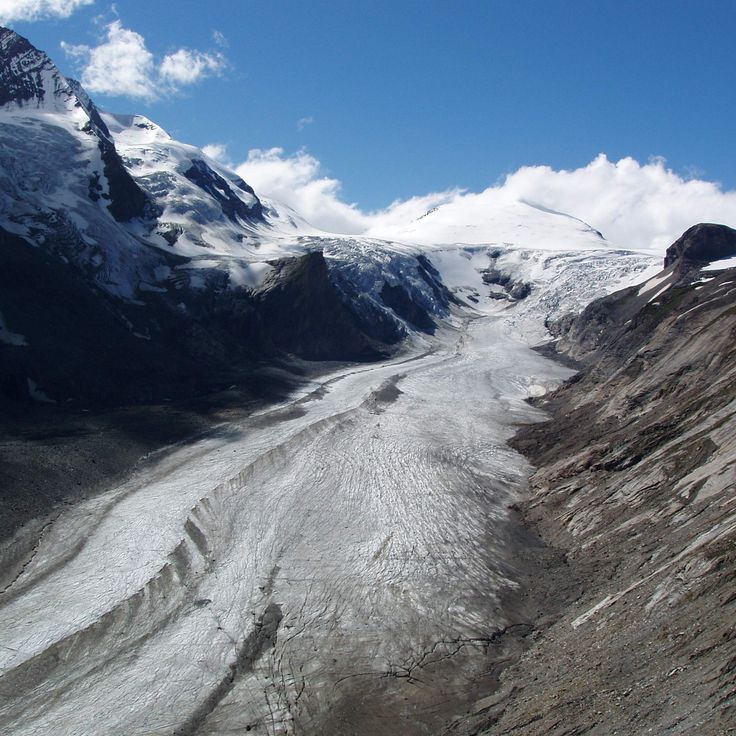
Carinthia, Austria
The Pasterze Glacier extends over a length of 8.4 kilometers and covers an area of 19.5 square kilometers in the Hohe Tauern range. This glacier sits at the base of Grossglockner, Austria's highest mountain, and forms the largest ice field in the country. The glacier shows clear evidence of climate change with continuous reduction in its mass and extent since the 19th century. From the Franz-Josefs-Höhe viewpoint, visitors can observe the entire glacier basin and examine the ice formations and crevasses that characterize its surface.
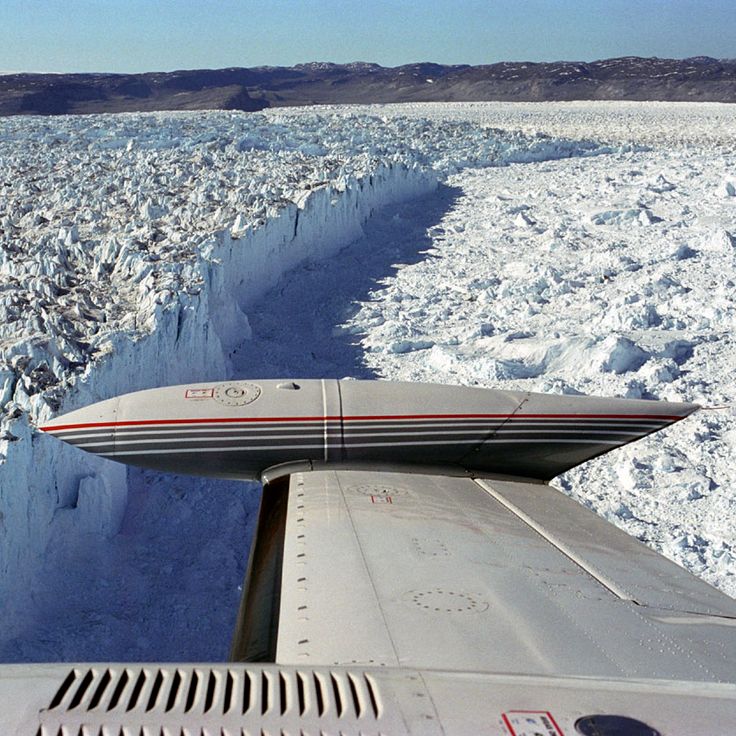
Greenland
The Jakobshavn Glacier is one of the most active glaciers in the world, advancing between 30 and 50 meters per day. It flows into the Ilulissat Icefjord on the western coast of Greenland and is responsible for producing approximately 10 percent of all icebergs that calve in Greenlandic waters. The glacier drains about 6.5 percent of the Greenland Ice Sheet and has experienced substantial mass loss in recent decades.
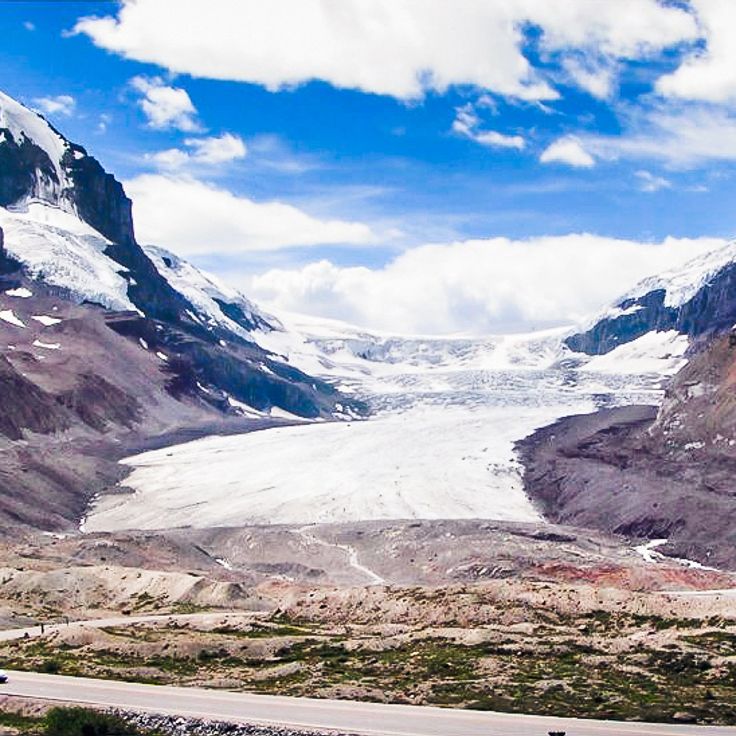
Jasper National Park, Canada
The Athabasca Glacier extends six kilometers from the Columbia Icefield into the valleys of the Canadian Rockies. This glacier tongue sits on the border between Alberta and British Columbia at elevations ranging from 2100 to 3500 meters. The glacier is accessible from the Icefields Parkway and loses approximately five meters in thickness each year due to rising temperatures. Scientific measurements have documented its continuous retreat since the 1840s.
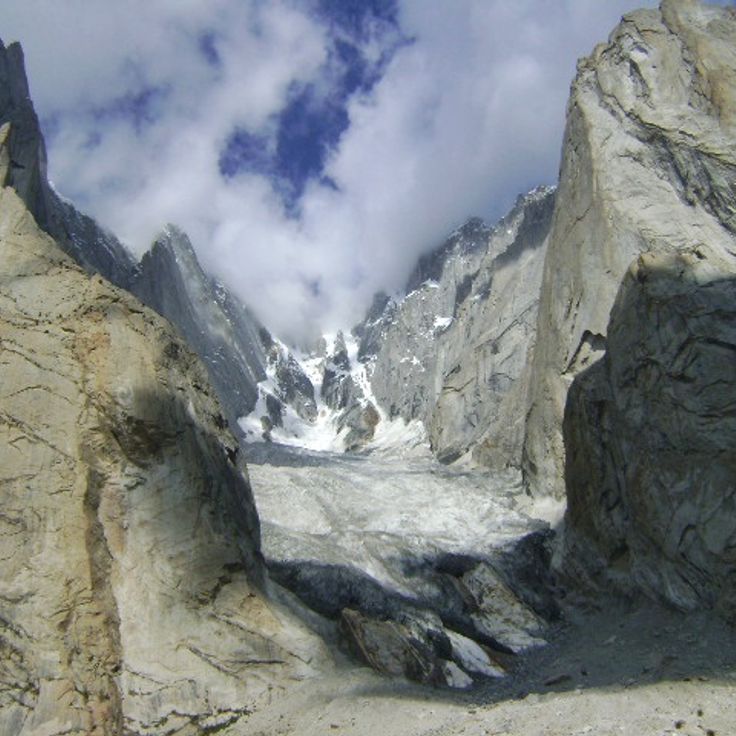
Karakoram Range, India
The Siachen Glacier extends over 76 kilometers in length and sits at an elevation of 5,753 meters in the eastern Karakoram range. This glacier has formed the line of control between Indian and Pakistani administered territories for decades. The extreme weather conditions with temperatures dropping to minus 50 degrees Celsius make this location one of the most challenging military deployment sites in the world.
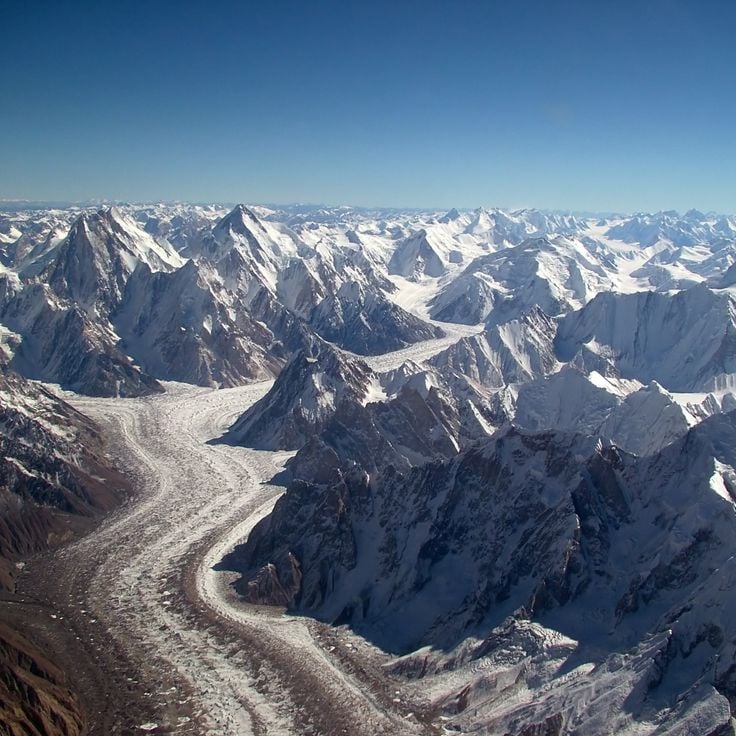
Karakoram, Pakistan
The Baltoro Glacier extends 63 kilometers through the Karakoram range and ranks among the longest glaciers outside polar regions. This glacier serves as the primary access route to four eight-thousanders, including K2 at 8,611 meters, the second highest mountain on Earth. The ice streams of the Baltoro are fed by numerous tributary glaciers and form the source of the Shigar River. Mountaineers and expeditions use the route along the glacier as a base for ascents to the surrounding peaks.
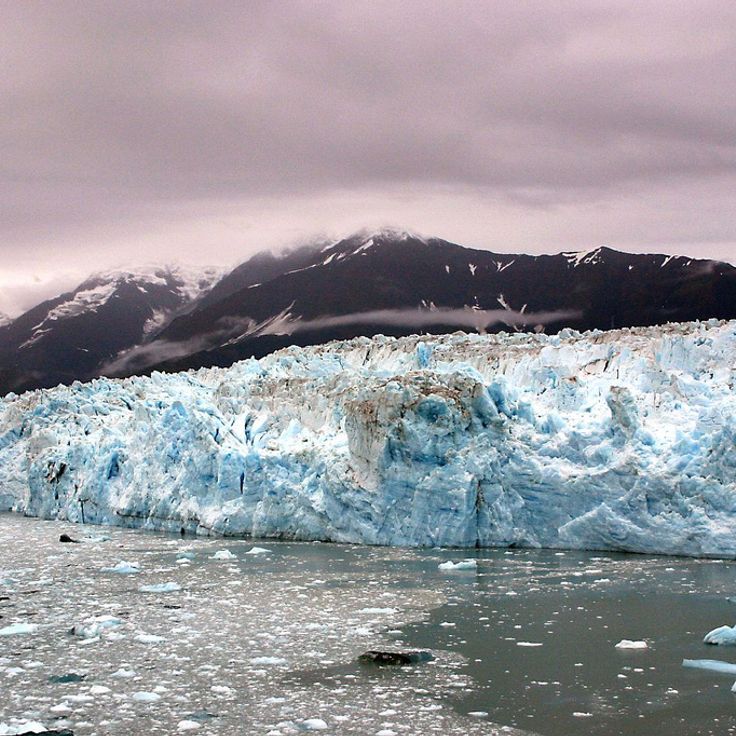
Yukon, Canada
Hubbard Glacier extends 122 kilometers through the Saint Elias Mountains and demonstrates a phenomenon that has become rare worldwide: it advances approximately 24 meters each year. This mass gain contrasts with the global trend of glacier retreat. The glacier terminates at Disenchantment Bay and Yakutat Bay in Alaska. Its width reaches approximately 10 kilometers at the calving face, where large blocks of ice regularly break off into the ocean.
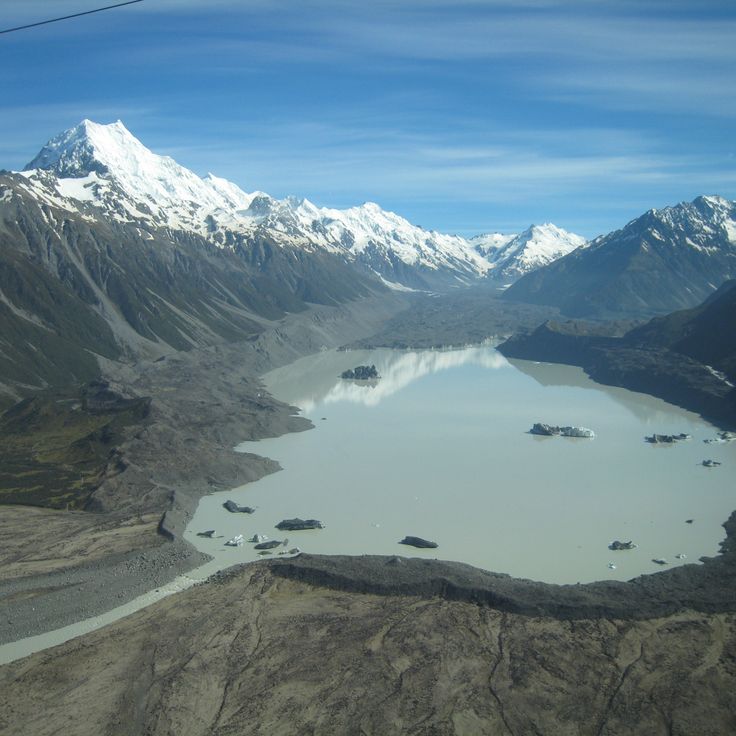
Canterbury, New Zealand
The Tasman Glacier extends for 23 kilometres through Aoraki Mount Cook National Park on New Zealand's South Island. This glacier sits at the base of Mount Cook, the country's highest peak, and flows down a valley between the mountain ranges of the Southern Alps. Since 1990, the Tasman Glacier has been retreating at a rate of approximately 180 metres per year due to glacial melting. At its widest point, the glacier measures about four kilometres across. The lower section of the glacier terminates in a glacial lake that has formed over recent decades as the ice melts. This lake continues to expand as the glacier retreats. Visitors can access the glacier area via walking tracks or take boat tours on the glacial lake to observe the floating icebergs that calve from the glacier face.
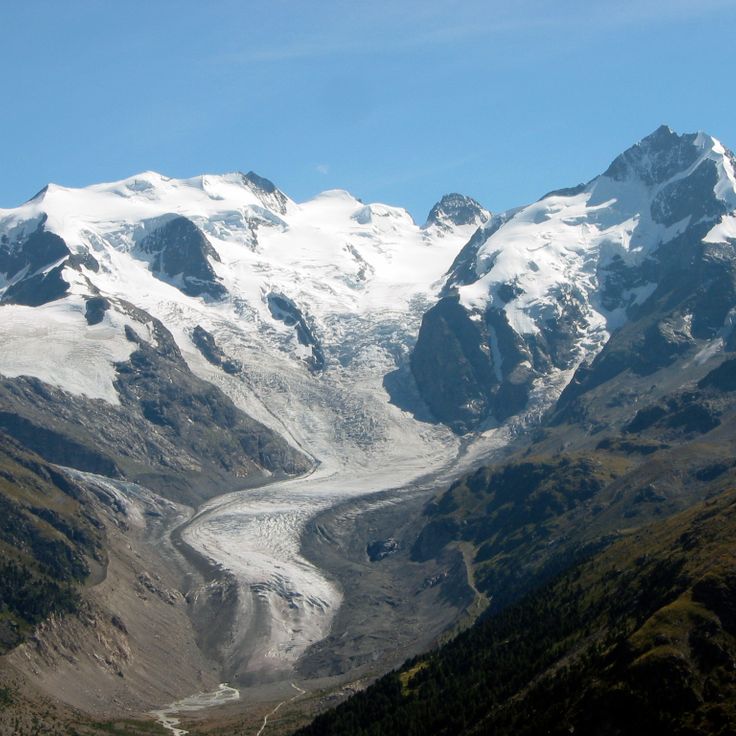
Grisons, Switzerland
The Morteratsch Glacier extends over six kilometres in the Bernina Range and ranks among the largest glaciers in the Eastern Alps. This valley glacier sits at elevations between 2000 and 4000 metres and receives ice from several four-thousand-metre peaks, including Piz Bernina and Piz Palü. The glacier has been retreating continuously since the mid-19th century and loses an average of 30 metres in length annually. A marked hiking trail leads from Morteratsch railway station to the glacier tongue and documents the ice retreat over recent decades with informational signs.
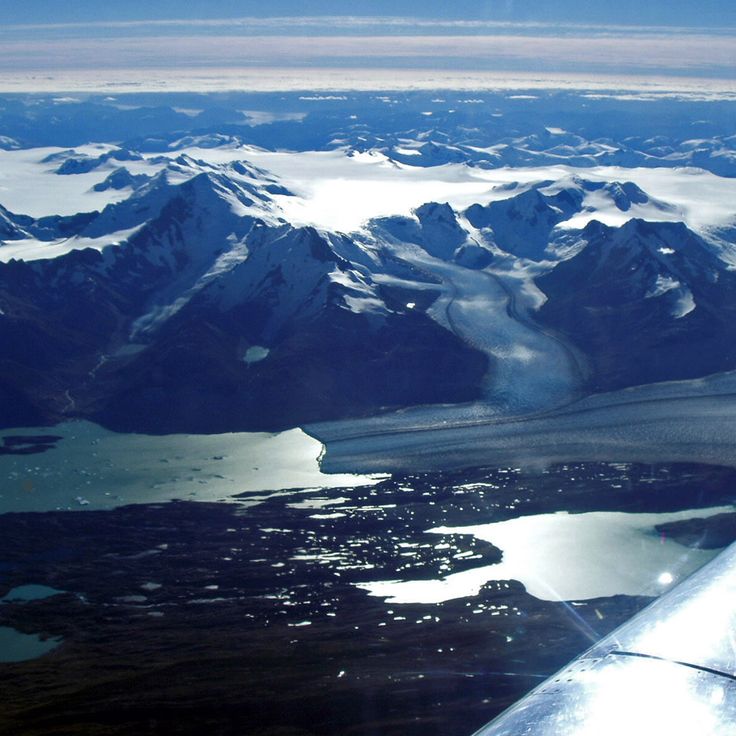
Santa Cruz, Argentina
The Upsala Glacier extends 53 kilometers through the Patagonian Andes and ranks among the largest glaciers of the Southern Patagonian Ice Field. Its terminus regularly calves large ice blocks into Lake Argentino, resulting in ongoing retreat. The glacier forms part of a significant hydrological system for Patagonia together with other regional glaciers.
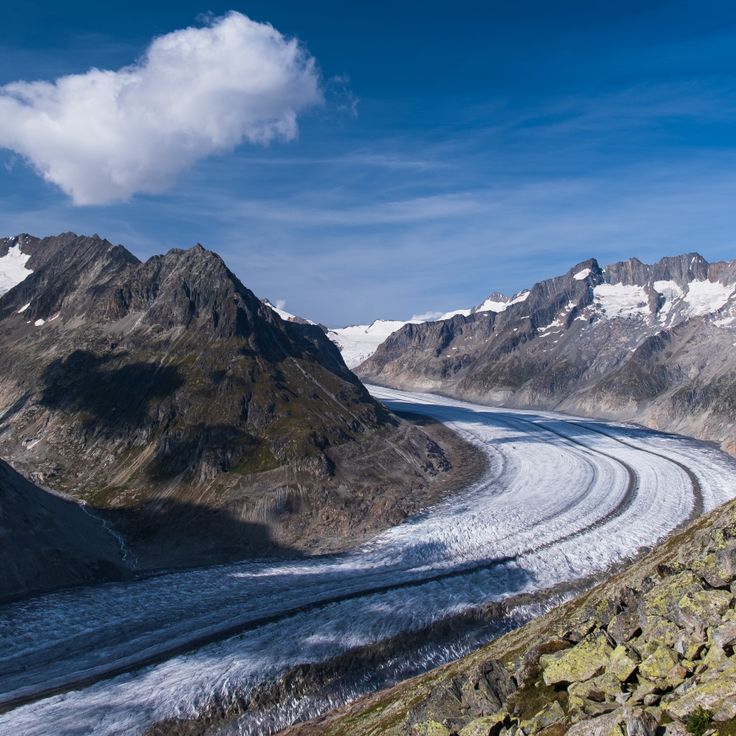
Valais, Switzerland
The Aletsch Glacier stretches for 23 kilometres through the Bernese Alps and forms the longest ice mass in the Alps. This glacier contains approximately 27 billion tonnes of ice and extends from the Jungfraujoch at 4000 metres altitude down to the Massa Gorge at 1560 metres. The area was designated a UNESCO World Heritage Site in 2001 and attracts numerous visitors annually who explore the glacier tongue and surrounding hiking trails.